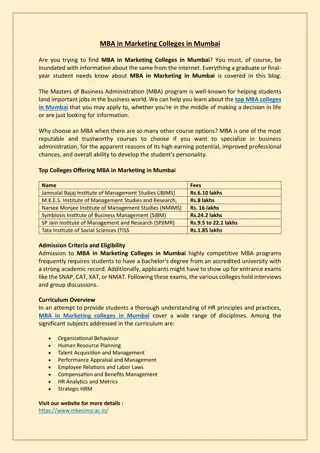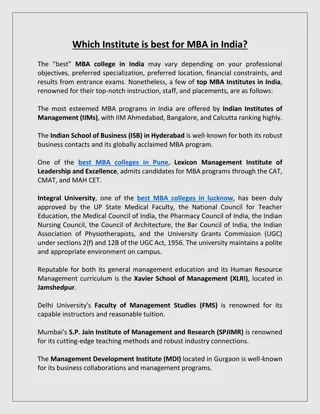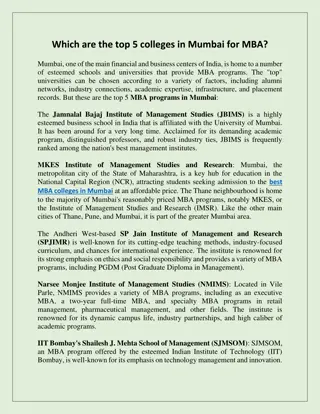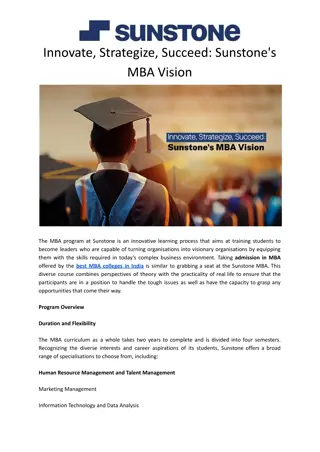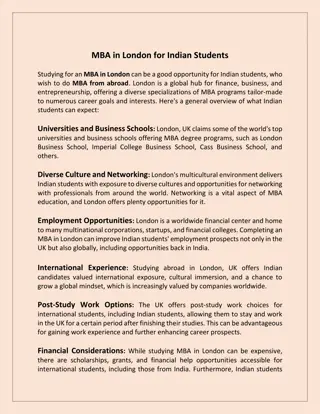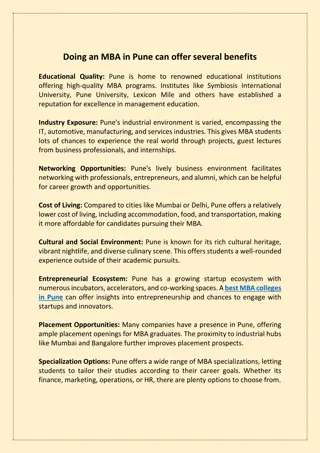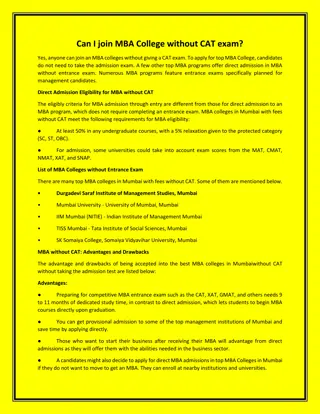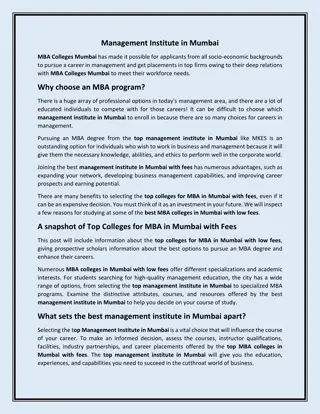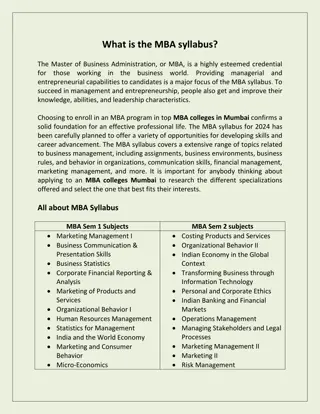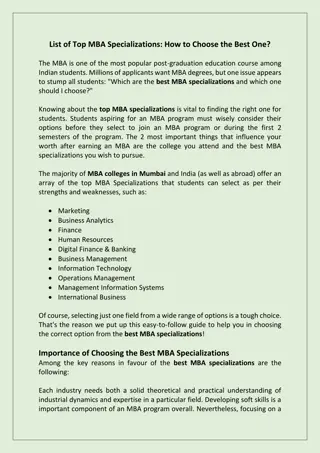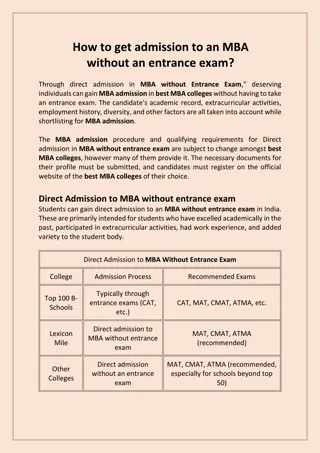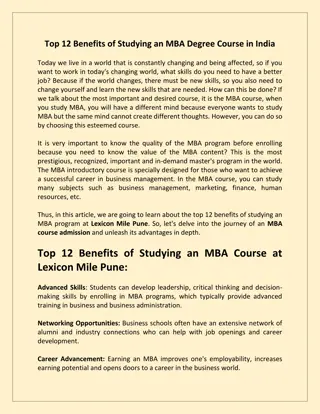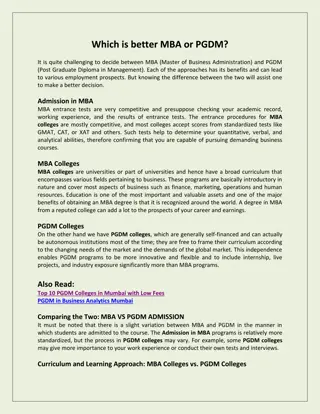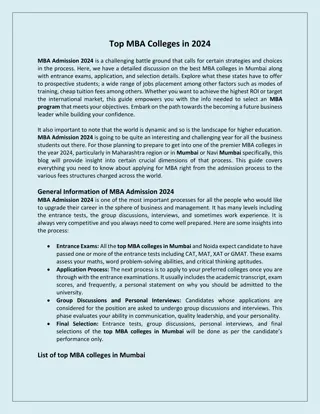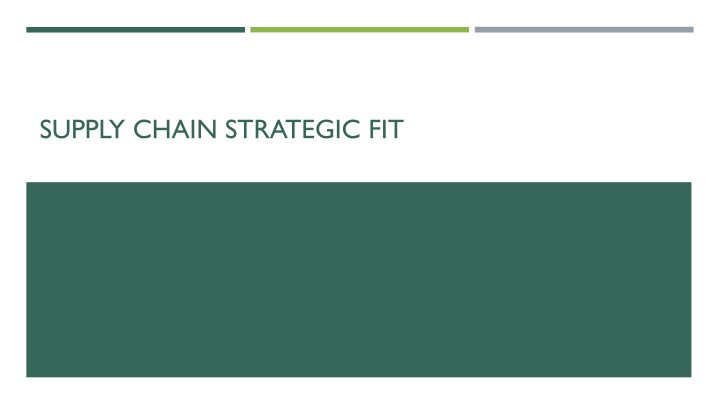
Supply Chain Strategic Fit for Competitive Advantage
Learn about Supply Chain Strategic Fit, which aligns supply chain capabilities with competitive strategies to meet customer expectations efficiently. Explore topics like achieving strategic fit, competitive and supply chain strategies, and overcoming obstacles in supply chain management.
Download Presentation

Please find below an Image/Link to download the presentation.
The content on the website is provided AS IS for your information and personal use only. It may not be sold, licensed, or shared on other websites without obtaining consent from the author. If you encounter any issues during the download, it is possible that the publisher has removed the file from their server.
You are allowed to download the files provided on this website for personal or commercial use, subject to the condition that they are used lawfully. All files are the property of their respective owners.
The content on the website is provided AS IS for your information and personal use only. It may not be sold, licensed, or shared on other websites without obtaining consent from the author.
E N D
Presentation Transcript
INTRODUCTION TO SUPPLY CHAIN STRATEGIC FIT Strategic Fit ensures a company s supply chain capabilities support its competitive strategy. The goal is to meet customer expectations while maintaining cost efficiency. Key Question: How does the supply chain best serve the targeted customer segment? Example:A company focusing on low-cost products requires a highly efficient supply chain.
COMPETITIVE & SUPPLY CHAIN STRATEGIES Competitive Strategies: Cost Leadership: Focus on lowest cost (e.g., Walmart). Differentiation: Unique products with premium pricing (e.g., Apple). Focus Strategy:Targeting niche markets. Supply Chain Strategies: Efficient Supply Chain: Emphasizes cost reduction (e.g., Dell's direct model). Responsive Supply Chain: Prioritizes speed and flexibility (e.g., Zara's fast fashion model).
ACHIEVING STRATEGIC FIT Three Steps to Achieve Strategic Fit: Understand Customer Needs & Supply Chain Capabilities: Analyze customer expectations regarding variety, responsiveness, and price. Align Supply Chain Drivers: Adjust facilities, inventory, transportation, information, sourcing, and pricing. Ensure Consistency Across Strategies: Avoid conflicting objectives among departments. Example: Amazon uses data analytics and fulfillment centers to meet fast delivery promises.
THE UNCERTAINTY FRAMEWORK Demand Uncertainty:Variability in customer demand. Supply Uncertainty: Risks in the supply process (e.g., delays, shortages). Implied Demand Uncertainty: Customer needs affecting supply chain design. Uncertainty Spectrum: Functional Products (predictable demand) Efficient Supply Chains Innovative Products (high demand variability) Responsive Supply Chains
TAILORING SUPPLY CHAIN STRATEGIES Different products and markets require specific supply chain strategies. Functional Products: Prioritize efficiency (e.g., basic groceries). Innovative Products: Prioritize responsiveness (e.g., tech gadgets).
OBSTACLES TO ACHIEVING STRATEGIC FIT Increasing Product Variety: Adds complexity to inventory and demand forecasting. Globalization: Extends supply chains, increasing risks and lead times. Fragmented Markets: Requires adaptable strategies for diverse customer needs. Adopt agile supply chains that can flex between efficiency and responsiveness.
CONCLUSION Strategic Fit is essential for supply chain effectiveness. Regularly reassess strategies to stay aligned with evolving customer needs. Best Practices: Leverage data analytics for better forecasting. Build flexible, responsive supply chains. Promote collaboration across departments.


